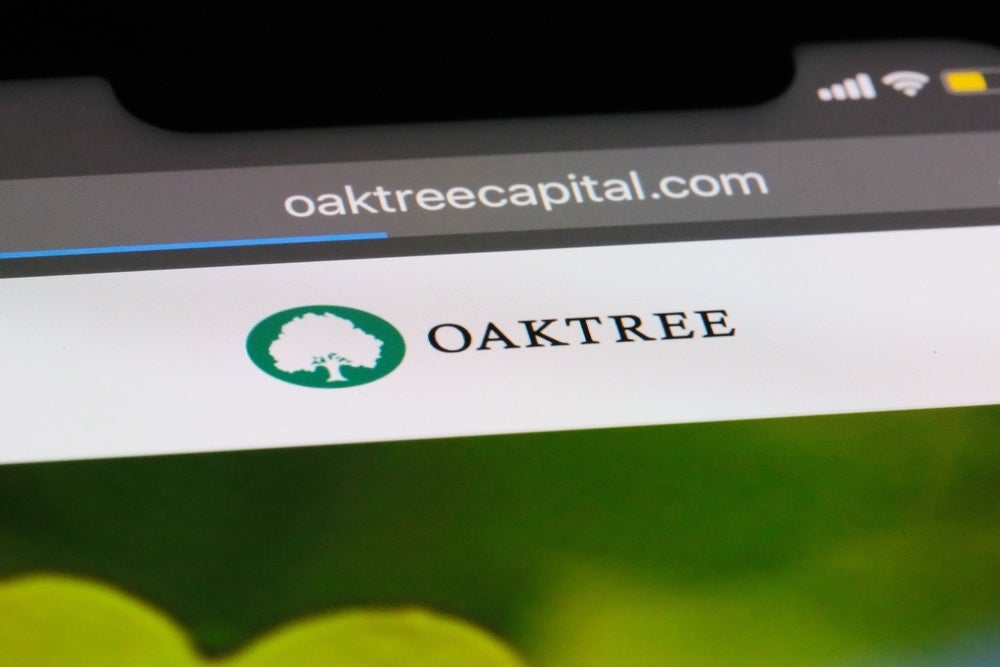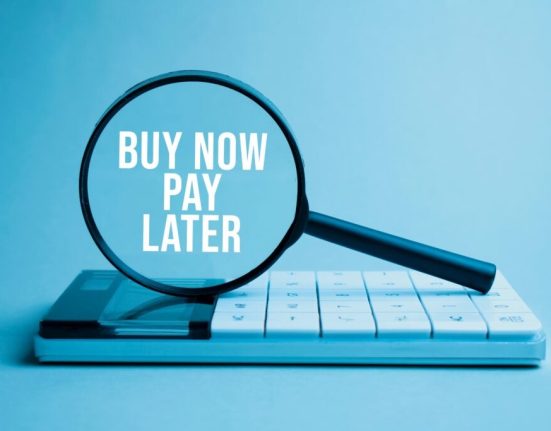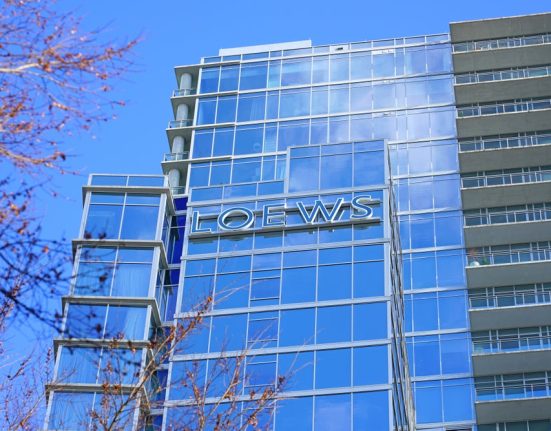Howard Marks is one of those investors who is wildly successful in a quiet and understated manner. He has built one of the largest and most successful credit-focused investment firms in the world today.
Marks was in charge of convertible and high-yield bonds at what is now Citicorp from 1978 to 1985 after working at the firm on the equity side for nine years.
As one of the early adapters and adopters of junk bonds, he played a significant role in helping high-yield bonds transition from a niche market to a standalone asset class. He turned that into a track record of 19% annual returns over decades without using leverage.
So when Howard Marks says this market is starting to look dangerous, it’s a good idea to listen.
See The Strategy That Beat The S&P 500 By 6X This Year
Tom Gentile’s seasonal trading system has already delivered a 58% return in 2025—six times the S&P 500. While past performance doesn’t guarantee future results, you can join him live HERE on Wednesday at 6 PM ET to see how he’s preparing for the toughest stretch of the year, and get his next trade idea on the call.
Marks played a similar role in the markets for private credit, asset-backed financing, structured credit and distressed debt.
In 1985, Marks left Citi and moved over to TCW, where he helped grow that firm’s high-yield investing efforts.
In 1988, he and his colleague Bruce Karsh opened the first high-yield debt funds offered by a major financial institution.
I am still a little peeved by that, as the growth in institutional debt funds introduced a whole layer of lawyers and accountants that forced many of us, who were used to using yellow pads and calculators, to the sidelines.
In 1995, he and Karsh left TCW to found Oaktree Capital Management, which they’ve grown to a credit-based investing firm that manages over $200 billion. It is also now the largest distressed debt investor in the world.
Marks and Karsh sold 62% of the firm to Brookfield Corporation BN in 2019 for almost $5 billion, but Marks has remained on as Chairman. Oaktree and its investors have prospered mightily under his leadership.
An advocate of winning by not losing, Marks is also not a big fan of trying to predict market movements.
While I prefer the phrase “React, Not Predict,” Marks often says that “You can’t predict. You can prepare.”
He strives always to be good, sometimes great, and never awful, which has worked very well for him. Over a period of several decades, he has averaged approximately 19% annually as a credit investor with no leverage at the fund level.
That is not as exciting as the “triple your money by next Tuesday” garbage the Instant Experts of the Internet promise, but it does blow away almost every other investor on the planet.
His investor memos have been circulated for more than three decades and are a running masterclass on how to lend, when to be aggressive, and when to sit on one’s hands.
His most recent memo, “The Calculus of Value,” was released mid-month. While I consider the entire memo a must-read, there is one section I find to be of particular importance.
Keep in mind that this was written by someone who has been a successful investor for over four decades and has seen every possible market scenario from massive bear markets to raging euphoria:
The existence of overvaluation can never be proved, and there’s no reason to think the conditions discussed above imply there’ll be a correction anytime soon. But, taken together, they tell me the stock market has moved from “elevated” to “worrisome.”
What should you do about it? I consider tactical actions in terms of the spectrum that runs from aggressiveness to defensiveness, and when valuations are high, I consider becoming more defensive. In the “action shows” my wife, Nancy, and I like to watch, the Pentagon sometimes announces a Defense Readiness Condition, starting at DEFCON 5 and escalating as the danger grows to DEFCON 1, which indicates a nuclear attack is underway or imminent. In a similar vein, I think of progressively applying the following Investment Readiness Conditions, or INVESTCONs, in the face of above average market valuations and optimistic investor behavior:
6. Stop buying
5. Reduce aggressive holdings and increase defensive holdings
4. Sell off the remaining aggressive holdings
3. Trim defensive holdings as well
2. Eliminate all holdings
1. Go short.
Marks suggests that it takes something extraordinary to get to levels 1, 2, or 3, and we are probably approaching something like level 5.
I have talked about this to subscribers frequently in recent months:
- The CAPE PE Ratio is at levels that suggest market returns over the next decade will be below average.
- The Aggregate Investors’ Allocation to Equity measure suggests that investors might be lucky to break even over the next decade.
- Market cap to GDP, the so-called Buffett Indicator, is at an all-time high.
- The S&P 500 price-to-sales ratio is at all-time highs.
- The Barclays Euphoria measure is at levels that were last seen at major market tops.
- The VIX is working its way towards lower and is nearing levels that have preceded prior market peaks.
- The forward PE ratio based on analyst estimates for full-year earnings is at 23, a level that suggests low forward returns as well.
None of these are precise timing indicators. They do not tell you when the market will throw you out the window. They just tell you what floor you will be on when it happens.
Right now, the view is spectacular, but the fall could be devastating.
Momentum is still strong, but investors would be wise to be aware that any unwelcome news or disappointments could sow the seeds of a disastrous decline.
Conservative investors should note that both Howard Marks and I expect that income-oriented investments are likely to outperform the broader market in the coming years. More on that soon.
Editorial content from our expert contributors is intended to be information for the general public and not individualized investment advice. Editors/contributors are presenting their individual opinions and strategies, which are neither expressly nor impliedly approved or endorsed by Benzinga.
Photo: Shutterstock







